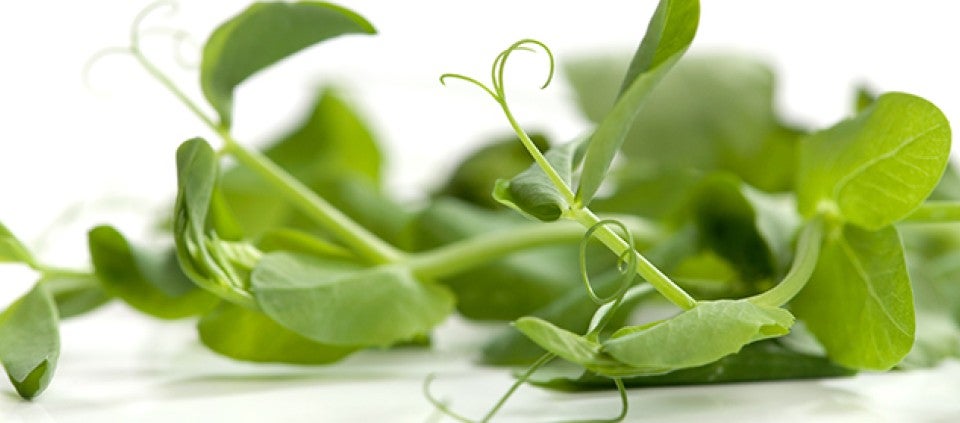Eat Clean for Less

Clean organic produce is more widely available than ever before, yet whenever I check out at my whole-foods grocery, I imagine my father (a rural farmer cash-on-the-barrel sort of guy) fainting dead away at the grand total. The price of grass-fed meat, high-quality dairy, and organic produce can be daunting, after all.
If you desire to eat clean food but are on a budget, here are seven ideas that might be beneficial to both your health and your wallet.
1. Try less. Many Americans simply eat too much—be it healthy food or not. While a few people do benefit from having smaller meals throughout the day, most would do well not to heed the craving for snacking. Instead, create satisfying meals centered around fresh fruits and vegetables, beans, nuts and whole grains. Eating lightly (and for most, passing on snacking) is both healthful and cost-effective. The practice of mindful eating is a great place to begin to explore just what eating lightly means for you.
2. Focus on plants. If you have more than one serving of animal protein each day, you’ll be healthier and more frugal to look toward plant-based protein—like nuts and legumes—to replace most of the meat and dairy you’re eating. Need some ideas on delicious way to focus on plant fare? Check out my friend The Veggie Queen, who’s dedicated to helping you enjoy more plants easily.
3. Join a CSA or community food co-op. Cut out the middleman and ensure that the freshest local produce makes it into your kitchen by establishing a direct relationship with a local farm. To get stared check out Local Harvest. They will help you find your nearest community supported agriculture (CSA) farms and co-ops.
4. The bulk-food aisle is your friend. Get a break on nuts, spices, grains, and just about everything beyond fresh produce. If you don’t live near a health-food store that offers a clean bulk aisle, the Internet marketplace is there wherever you are. Check out Azure Standard and Vitacost.
5. Learn the Dirty Dozen and the Clean Fifteen. Focusing on clean organic produce is mostly about what’s not in your food (GMOs, pesticides, preservatives). If buying organics puts a strain on your pocket, the Environmental Working Group can help. They do regular monitoring on which produce has a lower chemical load (that’s the Clean Fifteen) even when not organically grown, and which produce (the Dirty Dozen) has the highest chemical load and is best avoided—or worth shelling out extra for the organic version.
6. Organic coupons? Yep. Check out Organic Deals, Mambo Sprout , and Recycle Bank to get you started. Whole Foods also has an online coupon book.
7. Keep it in perspective. There’s a certain new math we need to consider when we think about the higher cost of clean whole food. This new equation is hidden beneath the cheap subsidized corn, sugar, meat, and dairy most people consume. As a nutritionist for the past 25 years I know that this cheaper refined food is responsible for a host of health problems. In my practice I see people improve their health every day through committing to higher-quality, nutrient-dense, low-chemical food. Most people feel better right away when they learn to eat clean and eat lightly, and the benefits continue to build over time in the form of longer, healthier lives.
Adapted from Annie B. Kay's blog on her site, Every Bite is Divine.
Annie B. Kay, MS, RDN, E-RYT 500, C-IAYT, is an author, nutritionist, Kripalu faculty member, and important voice in whole-foods nutrition and yoga.
Full Bio and Programs